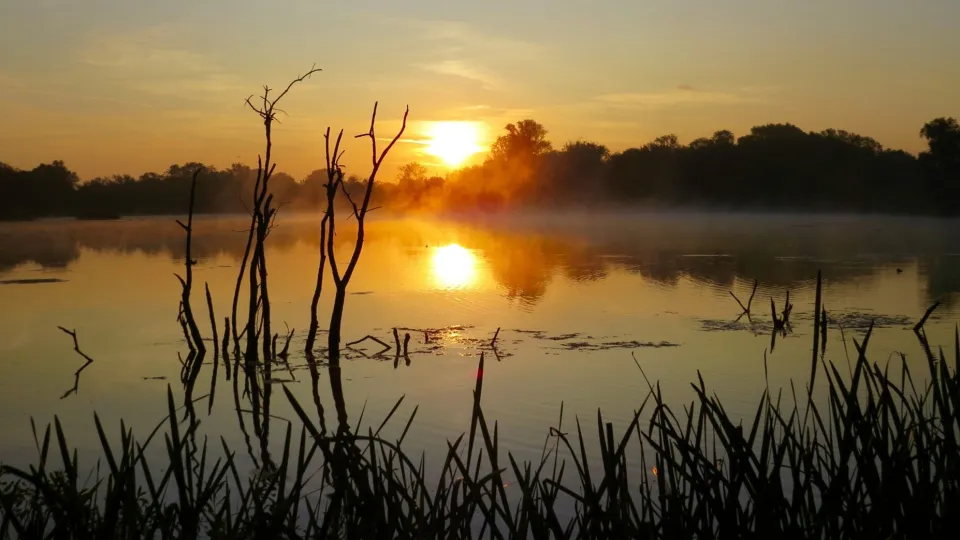
Wetlands
Healthy wetlands store carbon and slow the flow of water, cleaning it naturally and reducing flood risk downstream. They support an abundance of plant life, which in turn provide perfect shelter, nurseries and breeding grounds for wildlife.

Healthy wetlands store carbon and slow the flow of water, cleaning it naturally and reducing flood risk downstream. They support an abundance of plant life, which in turn provide perfect shelter, nurseries and breeding grounds for wildlife.
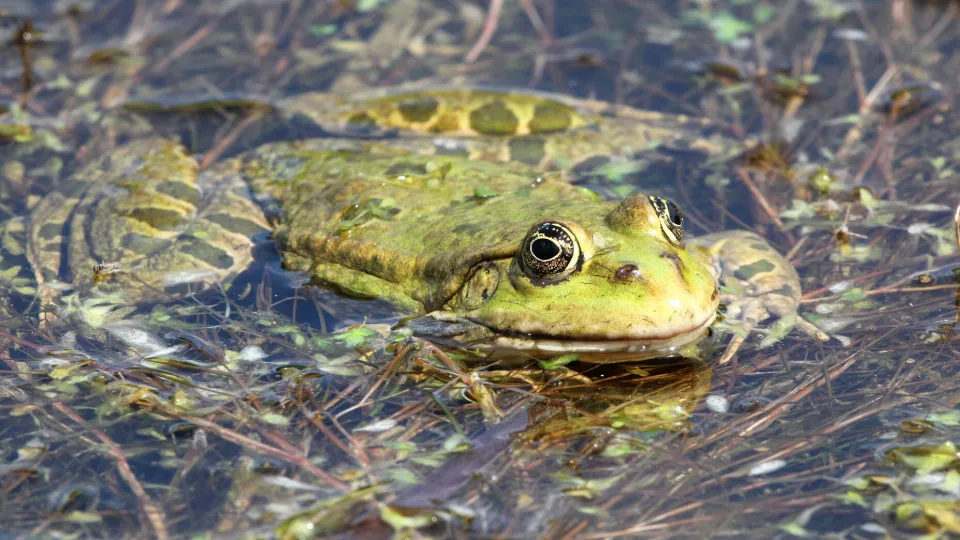
Europe's largest frog is not naturally found in the UK, but was introduced to Kent and has spread throughout the southeast.
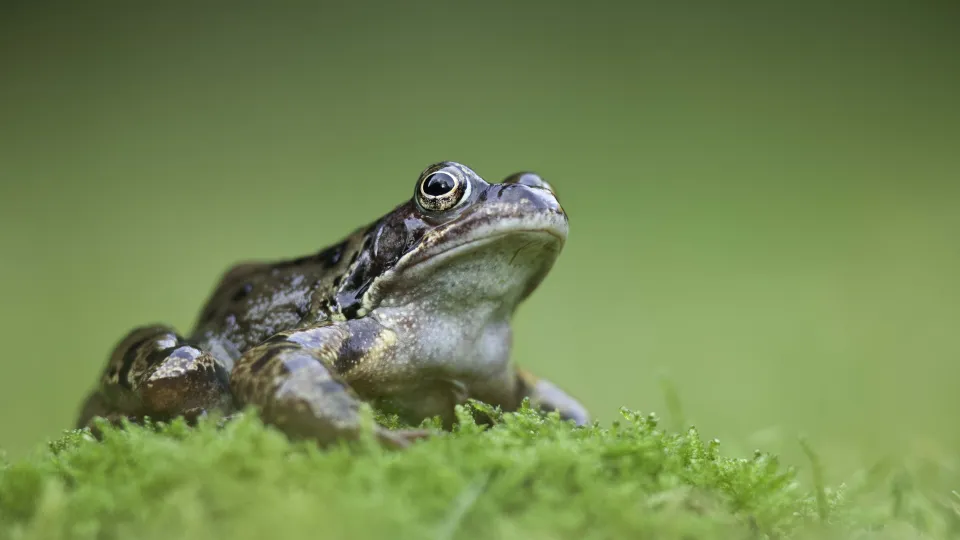
Our most well-known amphibian, the common frog is a regular visitor to garden ponds across the country, where they feast on slugs and snails. In winter, they hibernate in pond mud or under log piles.
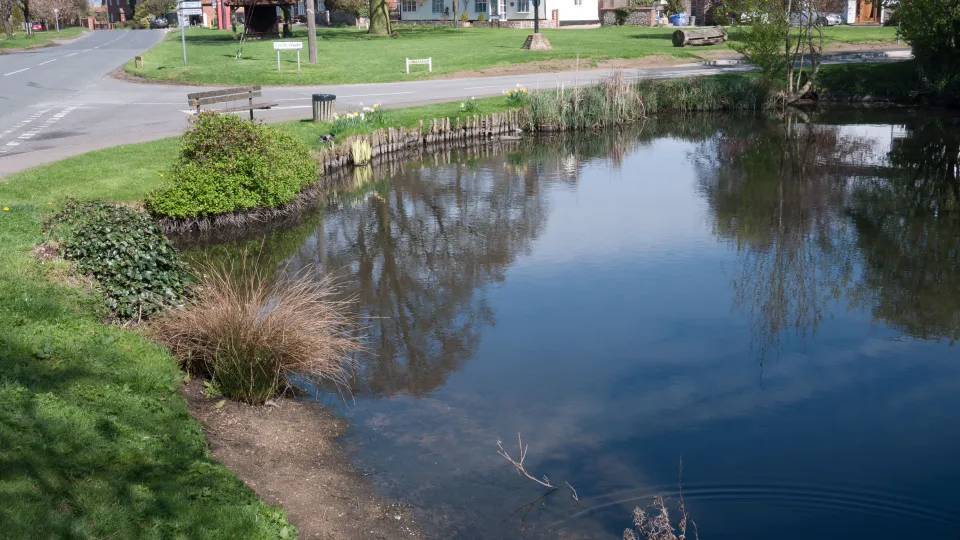
Whether found in a garden or part of an agricultural landscape, ponds are oases of wildlife worth investigating. Even small ponds can support a wealth of species and collectively, ponds play a key role in supporting freshwater wildlife.
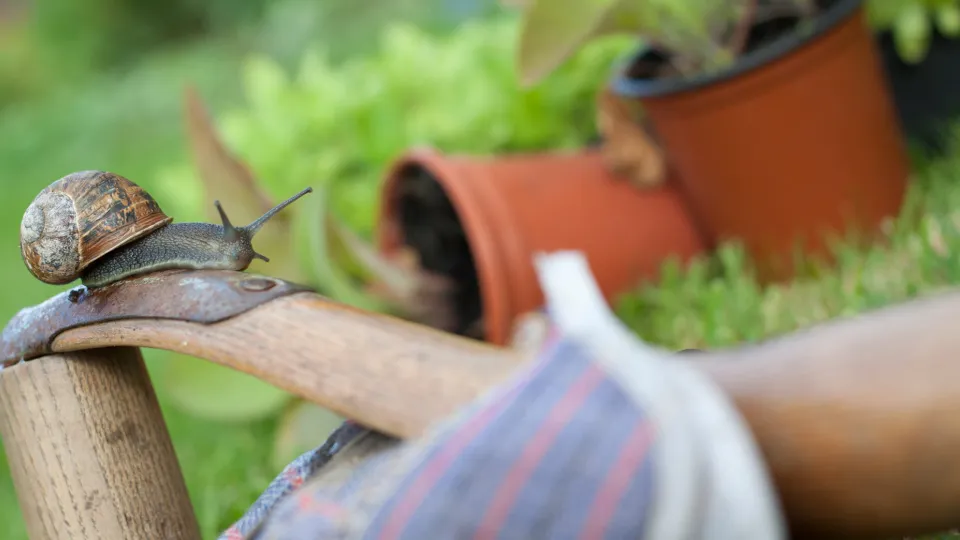
The green spaces of our towns and gardens bring nature into our daily lives, brightening our mornings with birdsong and the busy buzzing of bees. Together, the UK's gardens are larger than all of our National Nature Reserves combined, making them as important for wildlife as they are for our own wellbeing.
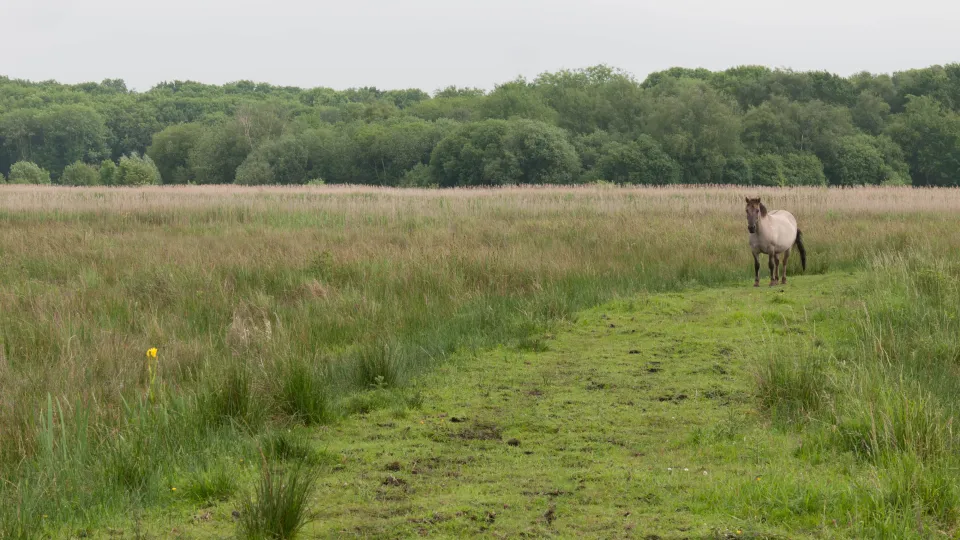
Water-logged and thick with reeds and robust tall-herbs or tussocky sedges, fens are evocative reminders of the extensive wet wildlands that once covered far more of the lowlands than they do today.
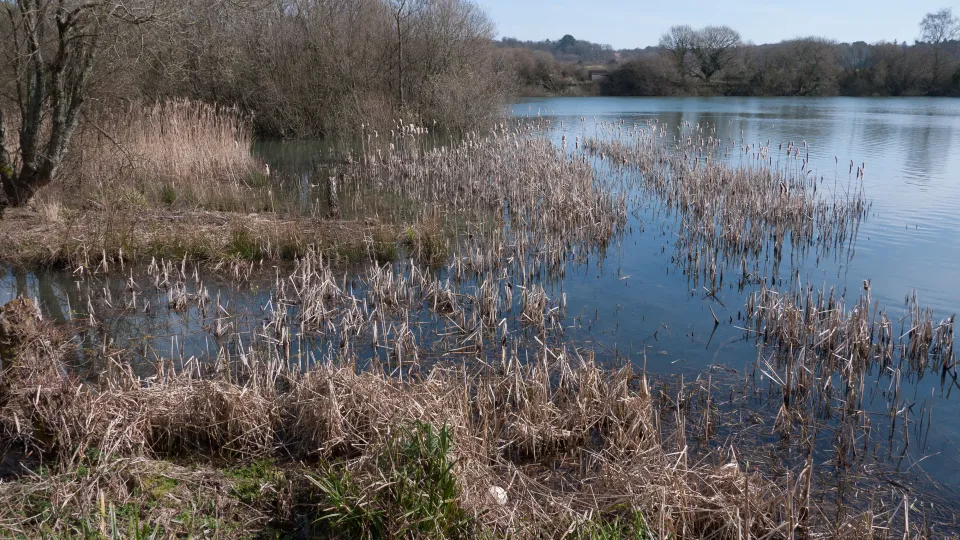
Lakes come in many forms: some are splendid and clear, while others are more reminiscent of a murky swamp. Each lake is strongly influenced by the underlying lakebed and the surrounding landscape, and collectively, lakes support a huge variety of animal and plant life.
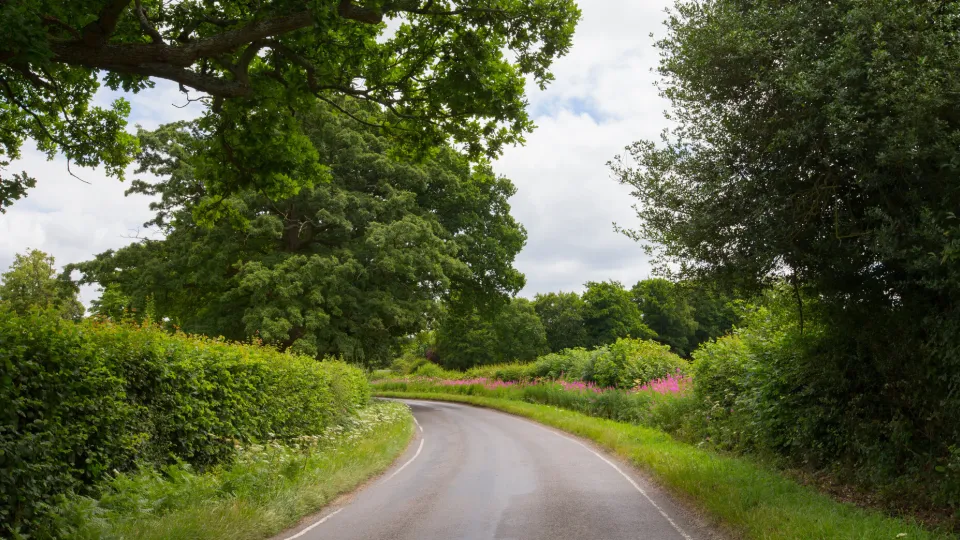
Hedgerows are one of our most easily encountered wildlife habitats, found lining roads, railways and footpaths, bordering fields and gardens and on the coast.